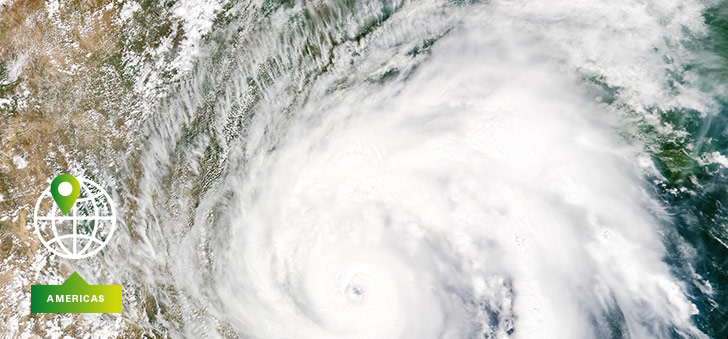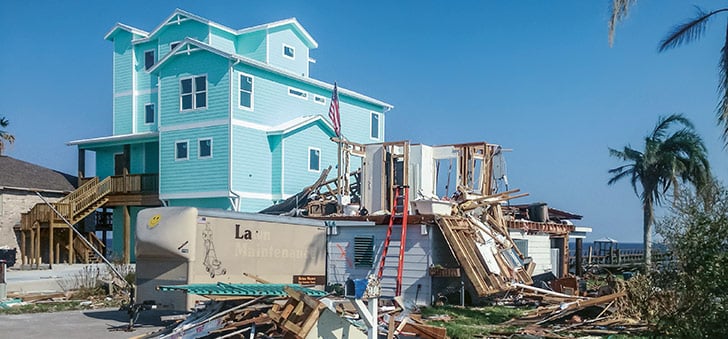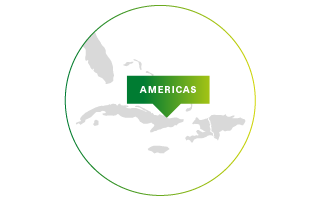Wind, water and recovery

In 2017, three catastrophic hurricanes devastated parts of the United States and the Caribbean, claiming hundreds of lives and showing how ill-prepared we still are for such events. At Swiss Re, where risk assessment and management are our daily business, we responded to the call, helping those communities stricken by disaster get back on their feet.
“I saw destruction and resilience stand side by side in the aftermath of Hurricane Harvey. For me, resilience means being well prepared for the next crisis.”
Karsten Rimestad
Property Treaty Underwriting, Swiss Re
Preparing for the future
Traditionally, hurricane risk assessment has primarily focused on potential damage due to ferocious winds. However, recent events have again demonstrated the need to assess all hazards brought about by hurricanes, in particular heavy precipitation and subsequent water damage.
The unprecedented levels of damage seen in Houston were influenced by many factors and may have been aggravated by global warming. “Extreme and record-breaking characteristics of hurricanes Harvey, Irma and Maria are ones we expect to see more of in a warmer future,” said Marla Schwartz, atmospheric perils specialist at Swiss Re. “Climate models suggest that there will be a shift in the risk landscape.” This draws attention to an important dimension of the protection gap – the difference between total economic losses and insured losses – in the US: one about floods. Although floods can occur in any US state, just 15% of American homeowners have a flood insurance policy.
“At Swiss Re, we are using our expertise to help build a robust private flood insurance market that, together with the US national flood program, will help remove the burden that future Harveys will inevitably bring.”
Joshua Woodbury
Flood specialist at Swiss Re

Swiss Re surveyed damaged areas in Rockport, Texas, after Harvey. The newer house on the left shows the need to build better to quickly bounce back from disasters.

This, according to our industry leading in-house flood models, translates into a USD 10 billion annual protection gap, an enormous number for a peril that is today more insurable and understood than ever.
Still, the industry has made significant progress with tackling flood risk. Insurers’ confidence in pricing it means that a large portion of the burden faced by homeowners and local, state, and federal governments can be shifted to the private insurance market. This in turn could lead to more coverage amongst consumers and bring about stronger, more resilient communities. For more than ten years, Swiss Re has been using its proprietary, fully probabilistic US flood and storm surge model, which combines detailed data on hazard, vulnerability, value distribution and insurance conditions, to understand and rate flood risk. We recently started to make this knowledge available to clients and support the private insurance market in the US.